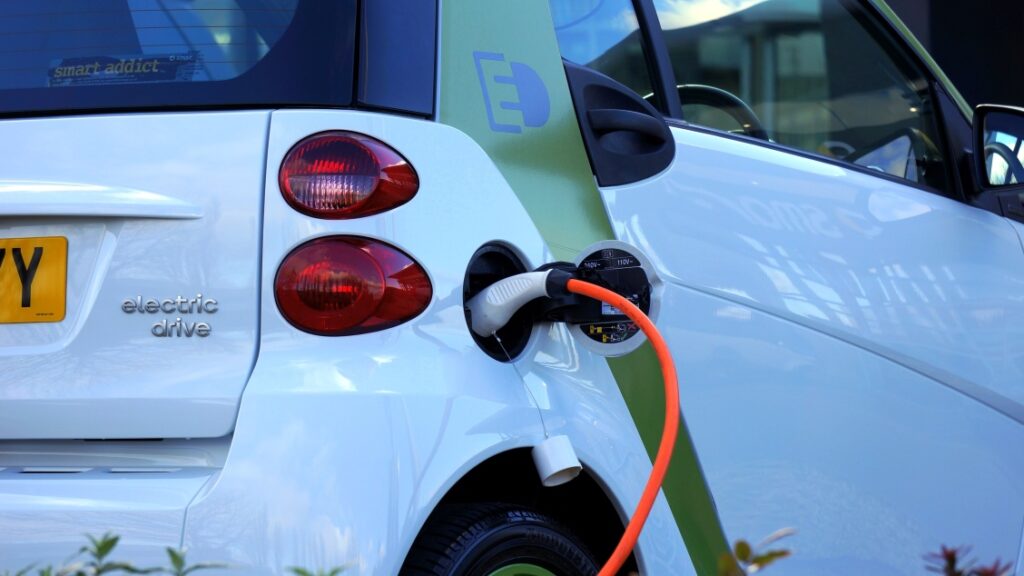Tips for Taking Stunning Photos

Capture Your Adventures
Travel photography is more than just snapping pictures—it's about telling a story through your lens. Whether you're exploring a vibrant city or a secluded beach, capturing the essence of a place requires skill and creativity. With these 10 tips, you can take your travel photography to the next level. First, lighting is key. The golden hour—just after sunrise or before sunset—provides the best natural light for stunning photos. Second, composition matters; use the rule of thirds to frame your shots in an aesthetically pleasing way. Lastly, don't be afraid to experiment with angles, perspectives, and reflections to make your images stand out. Beyond technical skills, the best travel photos convey emotion and authenticity. Interact with locals, capture candid moments, and tell a story through your shots. With practice and patience, your travel photos will become timeless memories that transport viewers to another world.
In today’s fast-paced world, it’s easy to get caught up in endless to-do lists, social media distractions, and future worries. Practicing mindfulness helps bring awareness to the present moment, reducing stress and improving overall well-being. Mindfulness can be as simple as taking deep breaths, paying attention to your surroundings, or focusing on your senses. One effective practice is mindful meditation—sitting quietly, observing your thoughts without judgment, and bringing attention back to your breath. Even five minutes a day can have a profound impact on mental clarity and emotional balance. Beyond meditation, mindfulness can be incorporated into daily activities. Eating slowly and savoring your meals, walking outdoors while noticing the sights and sounds, or simply pausing before reacting to stressful situations can cultivate a more mindful life. By embracing mindfulness, you can enhance focus, improve relationships, and find more joy in everyday moments.
Electric vehicles (EVs) are transforming the automotive industry, offering a cleaner and more sustainable alternative to traditional gas-powered cars. With advancements in battery technology, longer driving ranges, and expanding charging networks, EVs are becoming a practical choice for consumers worldwide. One of the main benefits of EVs is their reduced environmental impact. Unlike gasoline cars, electric vehicles produce zero tailpipe emissions, significantly lowering carbon footprints. Additionally, the cost of maintaining an EV is lower due to fewer moving parts and no need for oil changes. Despite their advantages, challenges remain, including charging infrastructure, battery costs, and range anxiety. However, as governments push for greener policies and automakers innovate, EVs are set to dominate the roads in the coming years. Investing in an electric vehicle today means contributing to a sustainable future.
Getting started with a workout routine can feel overwhelming, but the key is to keep it simple and consistent. Whether your goal is to lose weight, build muscle, or improve endurance, choosing the right beginner-friendly exercises can set you on the path to success. A well-rounded workout should include strength training, cardio, and flexibility exercises. Bodyweight movements like squats, push-ups, and lunges are great for building strength without equipment. For cardiovascular health, brisk walking, cycling, or jump rope workouts can help improve endurance. Adding stretching or yoga to your routine enhances flexibility and prevents injuries. Starting with just 20-30 minutes a day, a few times a week, can make a significant impact on your fitness. The key is consistency—gradually increasing intensity and setting achievable goals will keep you motivated. With time, working out will become a rewarding habit that boosts both physical and mental well-being.


